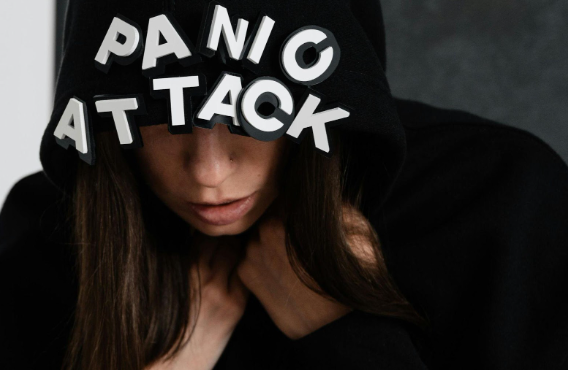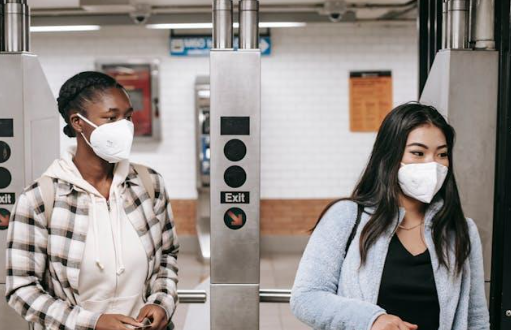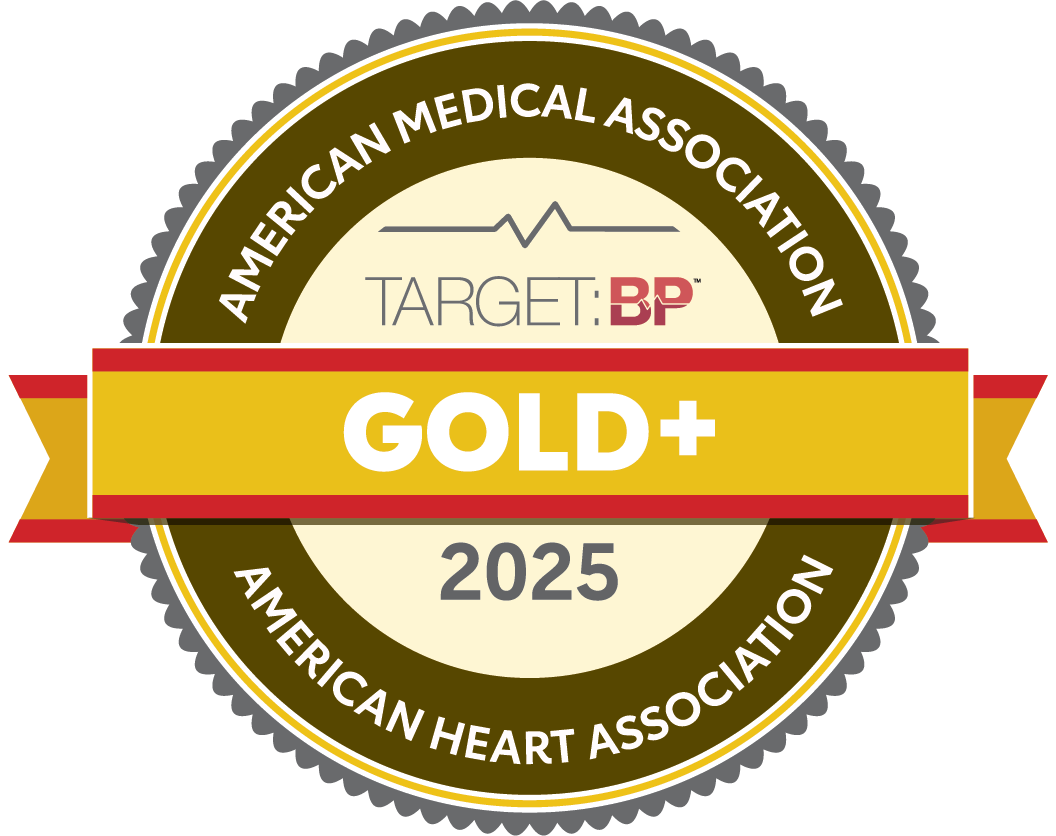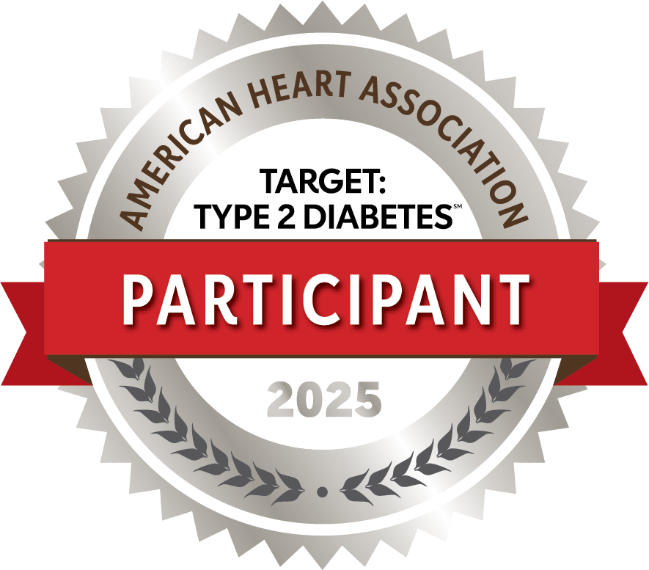RX Pad Blog
When Anxiety Peaks: A Clear Guide to Understanding Panic Attacks

Some moments hit out of nowhere. Your heart races, your chest feels tight, and you struggle to catch your breath. It might feel like something is seriously wrong. But what you may be experiencing is a panic attack—an intense wave of fear that can feel like a crisis. Panic attacks are deeply distressing, but they are not life-threatening.
Let’s explain what panic attacks are, why they happen, how they differ from other forms of anxiety, and what can help when they strike.
Recognizing What a Panic Attack Feels Like
A panic attack is a sudden period of overwhelming fear that triggers severe physical reactions, which are not linked to any immediate danger or cause. A person might feel like they are having a heart attack or losing control.
During a panic attack, symptoms usually appear quickly and peak within 10 minutes. Some common signs include:
- Rapid heartbeat or chest pain
- Shortness of breath
- Sweating or chills
- Shaking or trembling
- Nausea or stomach discomfort
- Dizziness or lightheadedness
- Feeling disconnected from reality or from oneself
These symptoms can be frightening, especially the first time they happen. The person may feel the need to escape the situation or fear that they are in serious medical danger.
The Difference Between Anxiety and Panic Attacks
Anxiety and panic are related but not the same. General anxiety builds gradually and often connects to stressful situations or ongoing worries. It may cause tension, restlessness, and nervousness over time.
Panic attacks, in contrast, are sudden. They come on fast and involve stronger physical symptoms. Sometimes, they happen without warning or a clear trigger. After a panic attack, a person may feel exhausted or fearful of it happening again. This fear can itself become a problem, leading to a cycle that’s hard to break.
What Triggers Panic Attacks
Not everyone who has anxiety will experience panic attacks. Those who do may notice specific triggers, or the attacks may seem random. Some common causes include:
- High stress levels
- Major life changes
- Health concerns
- Trauma or past emotional distress
- Substance use or withdrawal
Sometimes, just the fear of having a panic attack can cause another one. This fear can lead to avoidance behaviors. For example, a person might stop going to places where they’ve had an attack before, which can limit their daily life.
The Role of the Brain and Body
The body’s fight-or-flight response plays a big role in panic attacks. This is the natural reaction to danger. The brain sends signals to release stress hormones like adrenaline, which speed up the heart and breathing.
In a panic attack, this system gets triggered even when there is no real threat. The body reacts as if there’s danger, but there isn’t. This mismatch between the body’s response and the situation can make the experience confusing and scary.
Diagnosing Panic Disorder
Some people have a panic attack once or twice in their lives. Others may develop panic disorder—a condition where panic attacks occur repeatedly, and the fear of future attacks starts to interfere with life.
Panic disorder is diagnosed when the attacks are frequent and unexpected and when the person lives in fear of the next one. It may also involve behavioural changes, like avoiding situations or places.
A mental health professional can assess symptoms, rule out physical causes, and create a plan for managing the condition. A clear diagnosis helps in finding the right support and reducing confusion around the symptoms.
Managing Panic Attacks in the Moment
When a panic attack strikes, the key is to focus on calming the body and mind. Breathing slowly and deeply can help slow down the racing heart and reduce dizziness. Grounding techniques, like naming objects around you or feeling textures, can bring the mind back to the present.
It’s helpful to remind yourself that panic attacks, while uncomfortable, are not dangerous. They will pass, usually within a few minutes. Accepting the symptoms, instead of fighting them, can also reduce their power.
Exploring Long-Term Treatment Options
Managing panic attacks over the long term often involves therapy. Cognitive behavioral therapy (CBT) is one of the most effective methods. It helps people understand the thought patterns that lead to panic and replace them with healthier responses.
In some cases, medication may be used. Antidepressants or anti-anxiety medications can reduce the intensity and frequency of attacks. Lifestyle changes can also support recovery. Getting enough sleep, staying physically active, and avoiding caffeine and alcohol may reduce triggers. Over time, many people learn to manage or even prevent future panic attacks.
Supporting Someone Through a Panic Attack
Watching someone go through a panic attack can be upsetting. The best way to help is to stay calm and supportive. Speak in a steady, soft voice. Encourage slow breathing. Avoid saying things like “calm down” or “you’re fine,” as these can feel dismissive.
Instead, try phrases like “I’m here with you” or “this will pass soon.” After the attack, give them space if needed or ask how you can support them. Patience and empathy go a long way in building trust and comfort.
Seeking Help and Moving Forward
Panic attacks can be treated, and many people recover with the right help. Speaking to a mental health professional is a strong step. They can offer tools to manage symptoms and reduce the fear around them.
It’s also important to talk about mental health without shame. Panic attacks are more common than many people realize, and they do not mean a person is weak or broken. With knowledge and support, panic can become something manageable rather than something that controls your life.
At
Amity Medical Group, Inc., we provide compassionate, evidence-based care tailored to your unique needs. Whether you're managing anxiety, seeking preventative care, or navigating a chronic condition, our team is here to support you every step of the way.
Book your appointment today.











